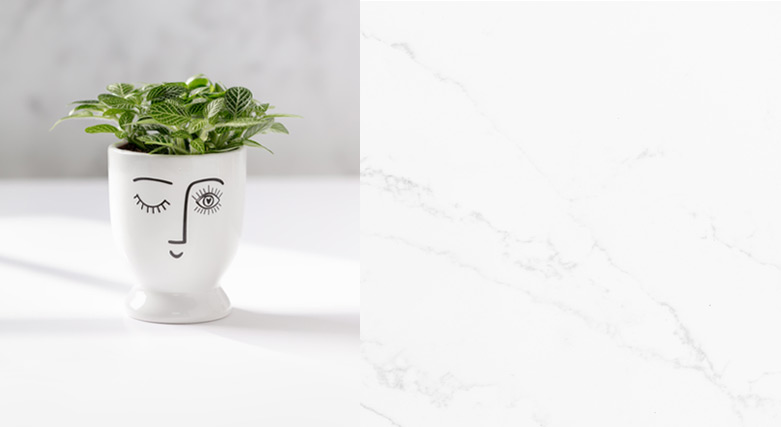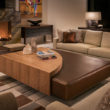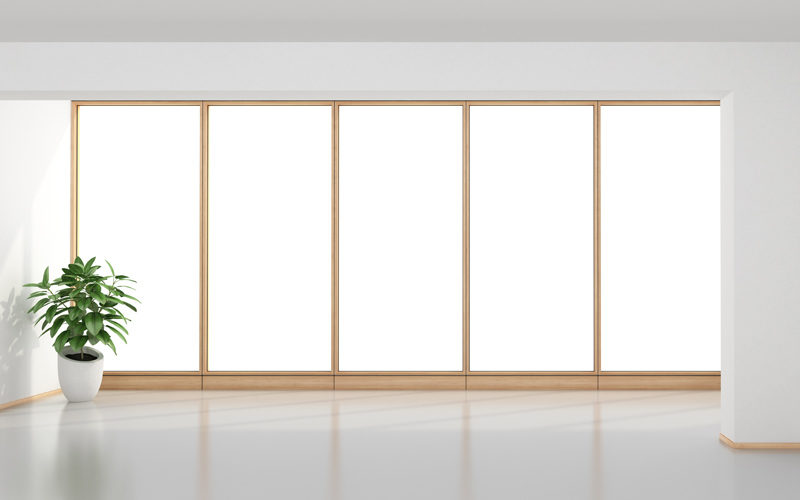The Movement
It is said that the concept of “slow home design” was inspired by the “slow food movement” which began around 1986 in Italy by Don Petrini, who was shocked by the opening of a McDonald’s in Piazza di Spagna in Rome. The burger joint represented the rising trend of “fast food” which stood in sharp contrast to Petrini’s ideas of highlighting the importance of food in terms of cultural traditions, acknowledging the passion for cooking, and the holistic experience of relishing the food being consumed. This gave rise to the “slow movement” which also included concepts such as slow fashion, slow living, etc.
Derived from the slow movement, “slow home design” refers to slowing down the process of building and designing a house to engage sustainable, durable, and environment-friendly means of construction. It is design that embraces the physical and emotional well-being of the individuals occupying the space.
It would be easy to confuse this movement with that of sustainability as they are so interwoven. However, what differentiates slow design is that it arises from the conscious intention of the individual to slow down their lives and break free of the mad rush of society. It is about being accepting of that which is and not living under the illusion that the grass will be greener in one’s future if only one does a mad rush forward.
Slow design is slow living. It is being present to the moment. It is about living without the illusion of a mythical future that is better. It is about moving into alignment with the natural harmony of life. Conscious shopping and decorating are done to create a forever home. It transcends trends. It doesn’t strive to include all of the latest technologies. Simplicity is honored and treasured. It is more than not filling up the landfill with more cheap furniture and construction materials, it is about not filling up one’s mind and body with unnecessary tensions. Slow design is part of slow living – slow and conscious. More love, less rushing around.

Aspects
The concept of slow home design is relatively new but it is catching on as an emerging trend. Feeling overwhelmed with the pressures of the fast-paced world, many are moving towards slow home design. Slow homes allow people to gradually grow into their homes, and take their time, even if it takes years or decades. Sometimes, slow homes forever remain a work in progress and continue to evolve as long as the residents live there. Popularly, the “slow design” movement is understood as an abbreviation for Sustainable- having a light environmental impact, Local- locally sourced, Organic- a shift away from mass production to natural materials, Whole-not processed. However, it could just as easily stand for Simple, Loving, Open, Wholesome. In other words, slow home design is mindfulness in action.
Here are some of the most important aspects that constitute a slow home design:
1. Intent
The main idea to explore before pitching a slow home concept to a client is to understand the intention behind the home. How does slow design help your clients in their quest for sustainability, simplicity, and maybe even financial freedom.
2. Organization
A slow home has efficient storage space and is planned carefully so that one space flows into the other seamlessly. Boundaries are minimal, and storage is efficient to ensure that the homeowner always knows where everything is. Entryways, exits, outdoor and living spaces are a coordinated choreography of seamless living. The daily activities of the homeowner are streamlined and incorporated into the design of the home with a focus on enhancing the volume and spaciousness in the home, the emotional well-being of the residents, and the connection between indoor and outdoor spaces.
3. Sustainable Purchases
The slow home design is all about slowing down shopping mania and leisurely buying sustainable and long-lasting furniture, furnishing, and accessories. This slow-motion process ensures that each and every purchase is thoughtful, durable, and reflective of the homeowners’ personalities. This could range from window treatments to curios and artwork on the walls.
Educating the client about the importance of investing in durable and sustainable purchases is also part of the job of an interior designer. While it might be tempting to buy that ______, asking oneself if this will really be used five years down the line is extremely important.
4. Marie Kondo-ing the Existing Home
While a slow house design can be incorporated on a new build house quite effectively, it can also be applied to existing home renovations and design. If your clients are interested in going the slow home route, you should help them identify what are the items they want to keep and what they can pass on to others. This is another important aspect of slow home design. Make them talk about the importance of the item to their life and how it has added some value or meaning to their home.
Marketing Slow Home Interior Design
If you are specializing in the niche of slow home design, then you should first identify your ideal clientele. There is no point in pitching a slow home to clients who are looking to host a huge family get-together in a matter of months and want everything installed asap. Nor will clients in the fast lane get or appreciate this approach to slow living. Your ideal clients are not ones who are inspired by HGTV shows that project the (im)possibilities of an overnight home makeover.
Your ideal clients are individuals who want their homes to be unique, sustainable, and in a constant state of evolution. This client has emotional maturity and a concern for the environment. They are people who are aware of the growing environmental concerns of the planet and want to coexist harmoniously, causing minimal to no conflict with the environment.
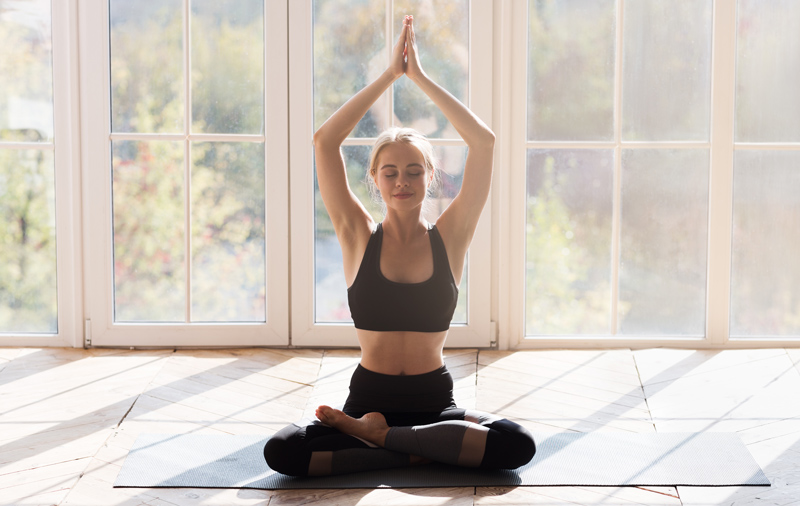
When planning your interior design marketing solutions try to include targeting your marketing towards people who frequent health and wellness events, yoga centers, nature retreats, simple living groups, meditations, etc. You can keep an eye on upcoming events and attend local community discussions on sustainable energy, waste management, green living, biophilic designs, water conservation, and sustainable living.
Financial Aspects
The slow home design is sought by both DIYers as well as clients seeking professional interior design assistance. The concept is neither for the rich or the not-so-rich. Some designers misunderstand the movement and believe that it is only for the “broke” DIY client who does not have enough finances to invest in durable, sustainable decor and furniture.
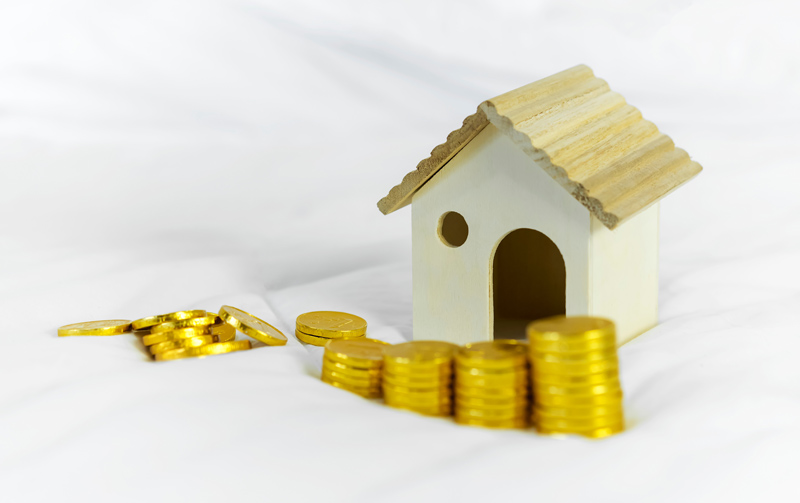
Others rightfully see slow design as the new luxury. With lengthy project timelines, high budgets towards sourcing sustainable construction materials and design elements, the slow home design is a luxury that is reserved for the ones who have the luxury of time to patiently wait for their homes to be finished. It is as much about building for future generations as it is for now. And, the wealthy may better embrace such a long horizon.
In terms of the financial viability of slow home design for the interior designer, since infusing the home with meaningful decor is a long-term process, often done over many years, it could prove to be financially unprofitable for you if you work on fixed fees. Expect to invoice your hourly in a slow and steady manner over many years. Thus, it would be ideal if you offer slow design services as part of a larger range of shorter timeline interior design services. Slow design nicely complements offerings of green/sustainable design. They use similar principles yet within different timeframes. Although once you get yourself hooked on slow design, you too might prefer these unhurried ultra-long-term projects over the usual race to completion.
Questions for Potential Clients
Because environmental conservation and mindfulness are all the buzz these days, many people are intrigued by slow home design. To avoid false starts, make sure you are equipped with the full knowledge of how to design a slow home, what the process entails, how you are going to price the project, and most importantly, ascertain whether your client is really ready to take on this project.
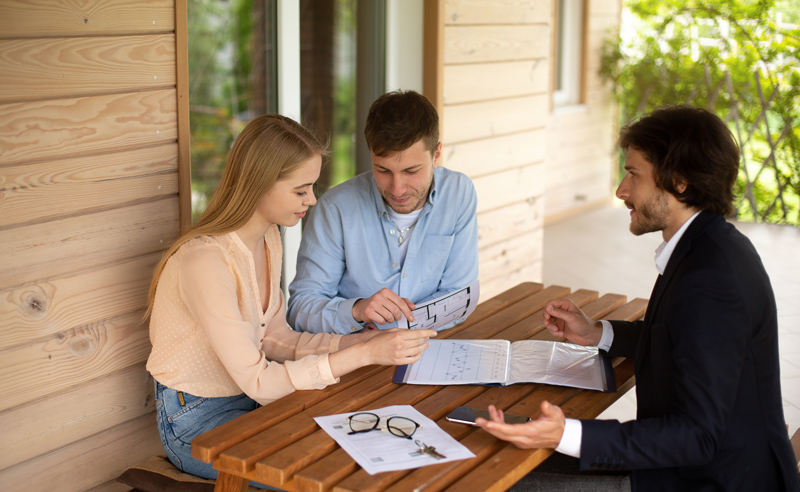
Here are a few questions you can ask your client to help them make that decision about proceeding with the project:
- What do you like and dislike about your current home?
- What do you know about slow home living?
- What size of home do you want? What do you like or dislike about the size of your existing home?
- What is the style of your current home? Would you like changes to it?
- When do you expect your home to be completed?
- Who will make the financial decisions for the project?
- What is your estimated budget?
- Do you have any images that inspire you? What is it about these images that attracts you?
- What are you currently doing to reduce the impact on the environment?
- What is your plan for the new home? How long do you plan on living in this home? Do you intend to sell/rent it out at a later stage?
- Are you very attached to your possessions? What needs to stay?
- Are you okay with using recycled furniture?
- What does mindfulness mean to you?
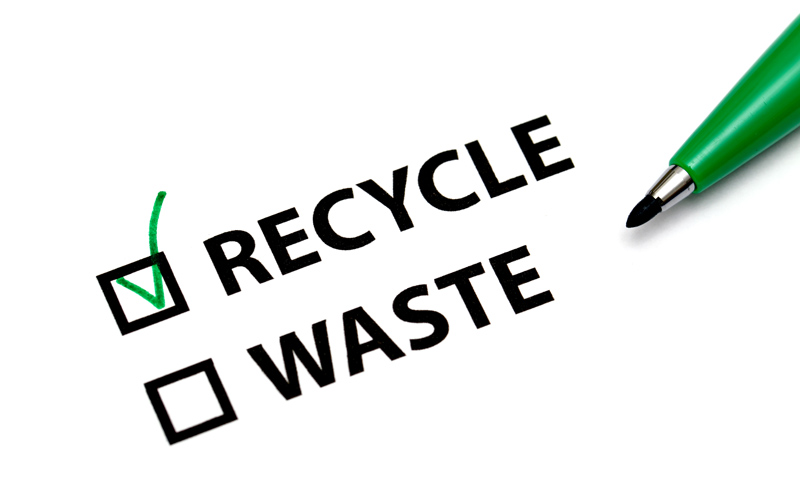
Slow Home Design Resources
Slow home design has been around for a few decades. It is a deeply philosophical concept blended with a scientific approach towards a mindful, sustainable future. Here are some resources recommended by interior designers to help you strengthen the concepts of slow home design.

Slow Design, a paradigm shift in design philosophy by Alastair Fuad-Luke
In Praise of Slowness by Carl Honore
What’s wrong with this house? By John Brown and Matthew North
Still: The Slow Home by Natalie Walton
Minimal: How to simplify your life and live sustainably by Madeleine Olivia
Anything by Zen Master Thich Nhat Hanh.
Wherever You Go, There You Are by Jon Kabat-Zinn
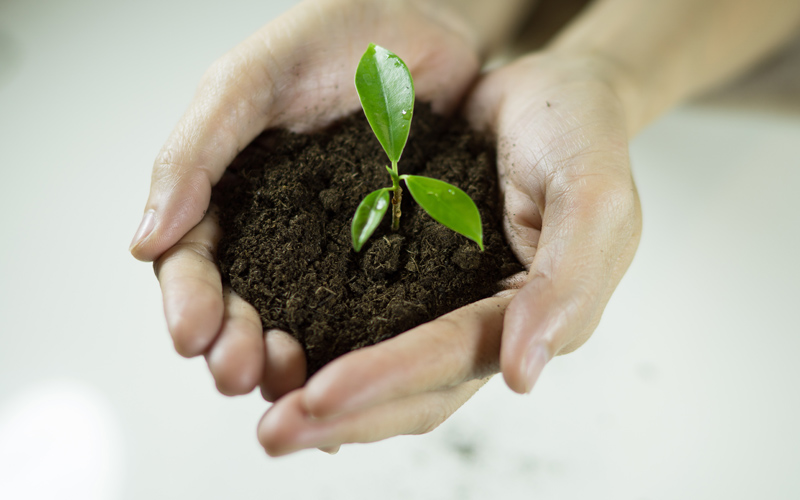
Conclusion
Slow Home design is geared towards mindfully living life without haste or waste. This approach to design is meant to anticipate what is necessary for the future with an emphasis placed on minimalism and sustainability. It is about having a simple healthy mind as much as a clean home free of toxins and clutter.
Interior designers have a huge role to play in helping homeowners build their slow homes by advising minimalism, reusing, and encouraging donating items that clients no longer need. Firms such as Renovation Angel specialize in recycling pre-owned luxury items, especially kitchens, so that your clients can purchase or dispose of their existing furniture and design items responsibly. While trends may change over time, as long as debates around the environmental impact of consumerism and the unnecessary speed of society exist, the slow home design is here to stay.

